What is Transduction in Bacteria?-Mechanism and Types
Transduction is a type of sexual reproduction in bacteria. it is the process of transfer of bacterial DNA from one bacterium to another through viruses. It was first discovered by Joshua Lederberg in 1952.
The most striking feature is the transfer of genetic material from cell to cell by viruses. The second feature is that only a small part of the total genetic material of any one bacterial cell is carried by any particular transducing particle.
Mechanism of Transduction
1. Bacteriophages, or viruses that infect bacteria, can reproduce by using the DNA replication machinery of their host bacterial cells. This process results in numerous copies of the bacteriophage’s DNA or RNA. These copies are then packaged into new virions or infectious particles.
2. Small pieces of bacterial DNA are also packed into a bacteriophage virion along with a bacteriophage.
genome. Viruses with RNA genomes are not able to package DNA. Thus they don’t usually make this mistake.
3. These virions come out on the lysis of the host cell. The mispackaged virions contain bacterial DNA. It can attach to other bacterial cells. They inject the DNA they have packaged. Thus they transfer the bacterial DNA from one cell to another. This DNA can become part of the new bacterium’s chromosome.
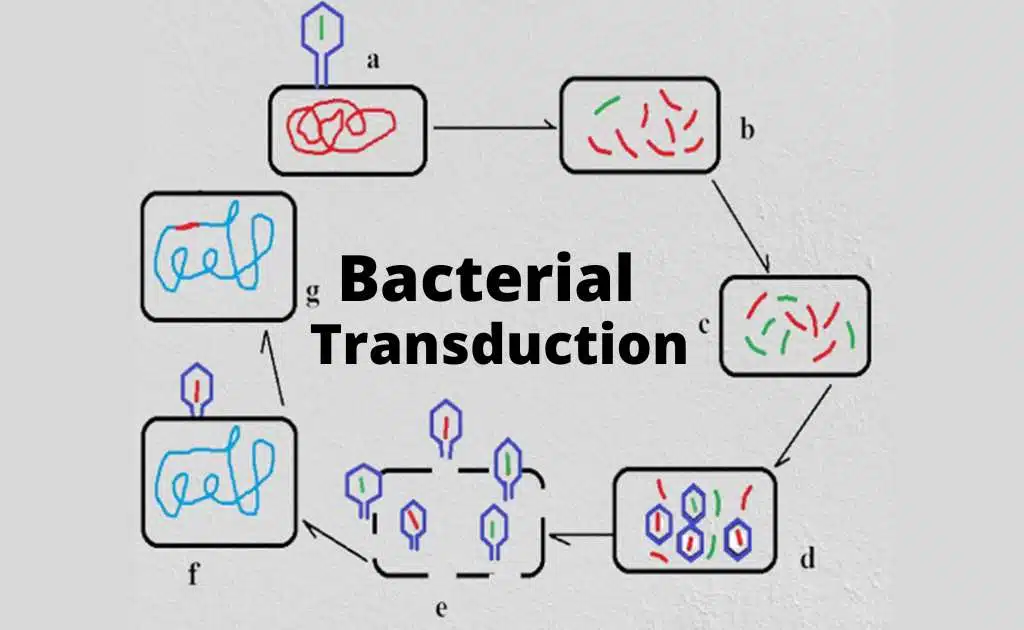
Type of Transduction
It has three forms:
Generalized Transduction:
It occurs in the lytic cycle of the phage virus. Viruses known as phages infect bacteria by injecting their DNA into the cells. The viral DNA then replicates, producing new viruses. Some of the viral DNA may also enter the bacterium’s DNA.
The bacterium then breaks open, or lyses, releasing the new viruses. These viruses then infect other bacteria, transferring the DNA of the donor bacterium into the recipient cells. Bacterial enzymes known as endonucleases then destroy the viruses. The bacteria then incorporate the genes of the donor bacterium and replicate.
Specialized Transduction:
The lytic cycle is when viral DNA incorporates itself into the bacterial DNA, but sometimes it happens that the viral DNA comes out of the bacterial DNA. Some parts of the original bacterial DNA remain attached to the viral DNA.
What happens next is that the viral DNA replicates itself and makes new capsids. The bacteria then burst and the virus infects other bacteria. When this happens, it’s transferring the genes of donor bacteria to recipient bacteria.
Restricted Transduction:
Phages that carry out transduction are a lot like couriers. They only carry specific sections of bacterial genetic material and they only transduce a few genes. Retroviruses also carry out specific or restricted transduction.
These viruses can cause tumors (oncogenesis) in animals. What is now known is that these viruses exchange a small portion of their genome for a mutant cellular gene. This has a role in gene regulation or replication. These viruses carry mutant genes to infect cells and transform these cells into tumor cells.

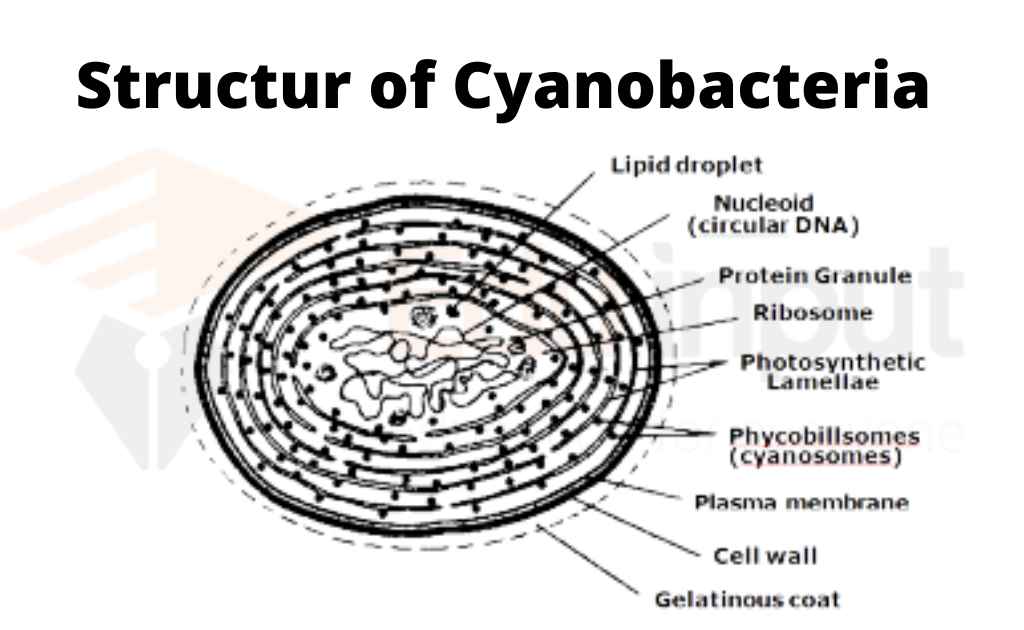
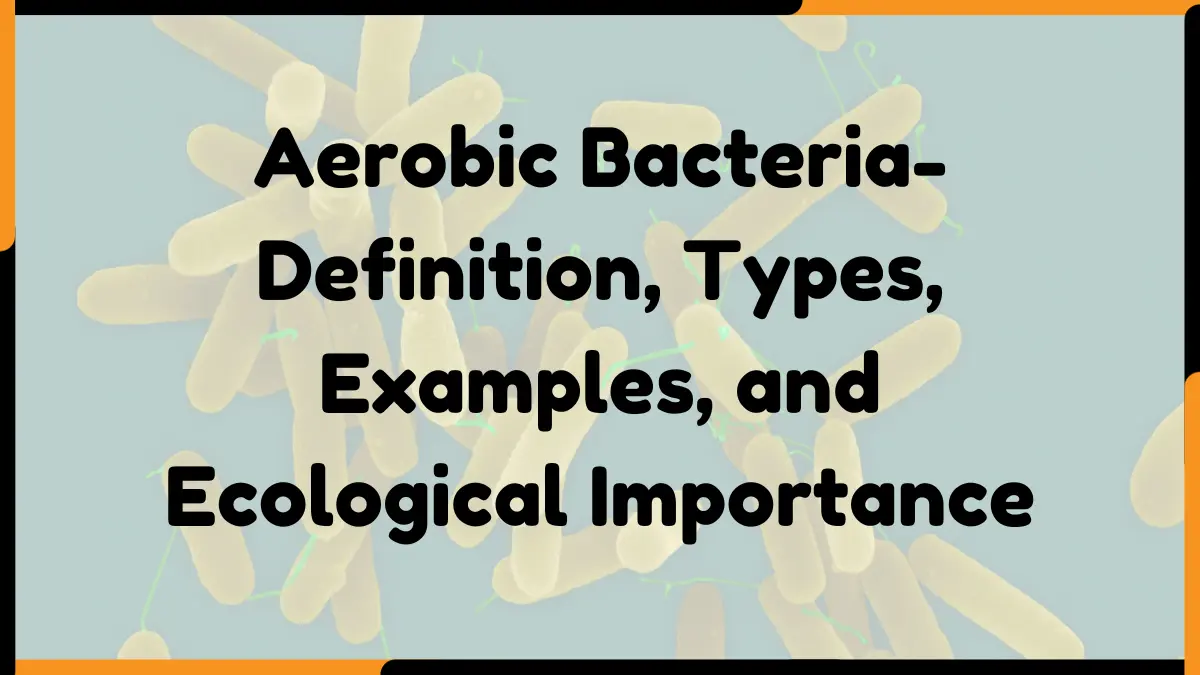
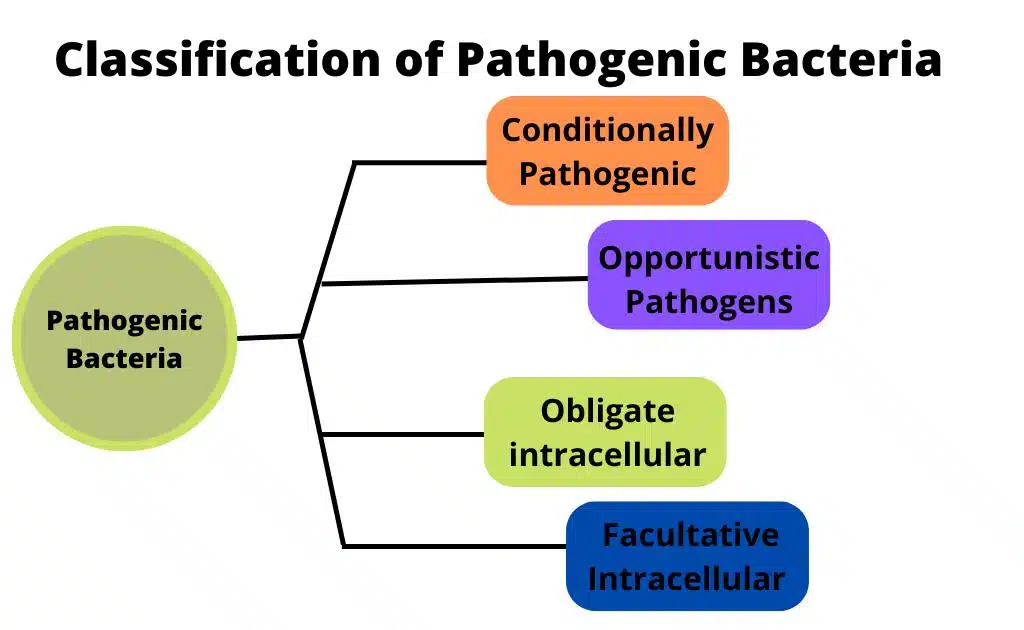
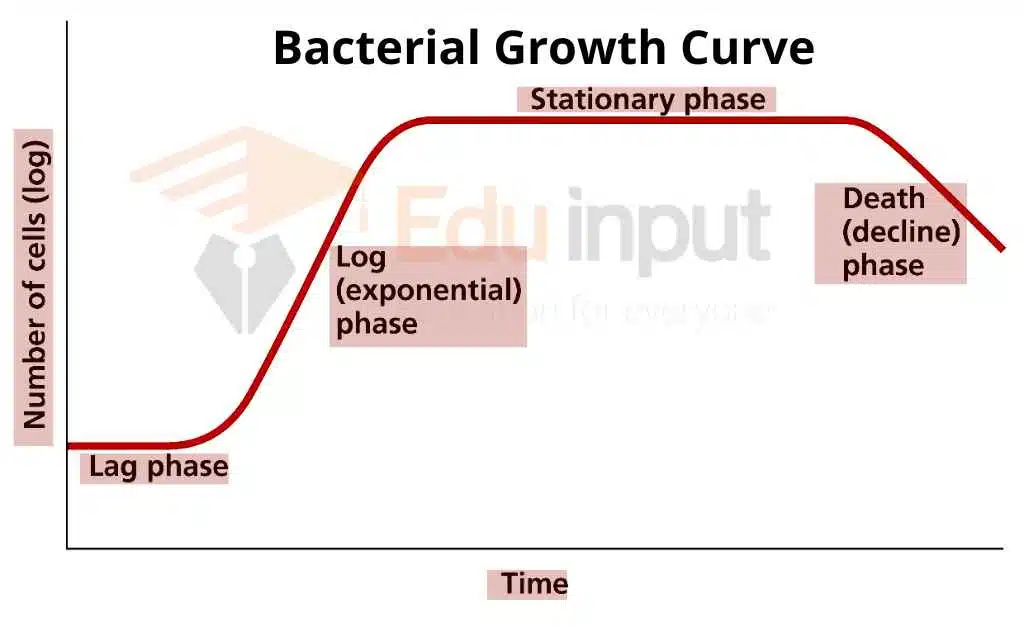


Leave a Reply